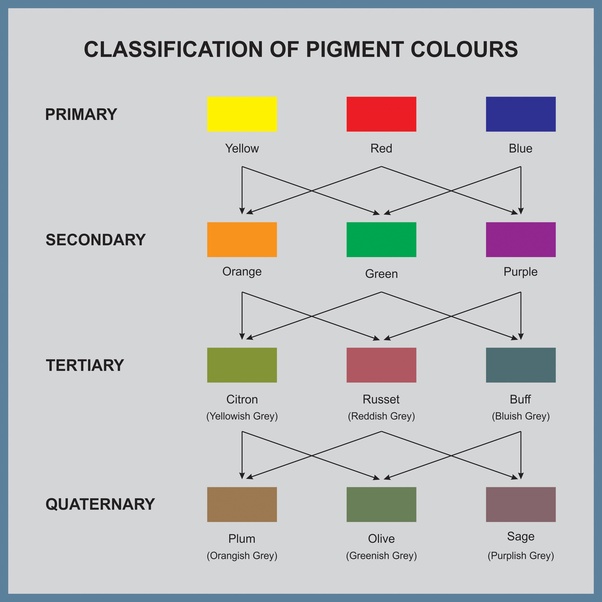
While these classifications are stable, more subtle colour connections are relative, meaning that a warm colour can be considered a cool colour and vice versa, depending on their relationship with the neighboring colour. The left side has warm colours, based in red, while the right side has cool colours, found in blue. Keep a colour wheel handy to determine what the best complementary colours are for your next project.Ĭolour wheels are arranged in order of how those specific colours appear in the visible light spectrum.

If you choose a colour on the opposite side of the wheel, it gives whatever you colour the most substantial contrast while it remains pleasing to the eye. This is what’s called a complementary colour scheme. And then picking your primary colour that is opposite on the colour wheel,” says Newman. “With illustration, you can definitely get away with taking the analogous colour palette for your secondary colours. Luckily, digital illustration doesn’t have the same properties as traditional art, so it allows some flexibility in how you use the colour palette you choose. For instance, yellow-green, yellow and yellow-red are all vivid colours, each with their complexity, but when used together in a painting, it can look like a primary yellow. “There are mixed opinions with this approach because it’s very easy to have a calming colour palette, but then you also have very low contrast and all the colours blend together,” Newman says. This is a simple method to develop a colour system, but it’s not without its flaws.

You’ll need to have the proper contrast, so most illustrators choose one dominant colour, along with a second supporting colour and a third colour to be used as an accent or highlight. You can use it to determine what colour scheme matches the mood you’re trying to set.ĭo you want colours that flatter each other? Choose colours that are located right next to each other on the colour wheel.

“It’s a push-pull thing and it comes down to preference.” With so many options, how do you decide what colour palette works best for your illustrations? The colour wheel comes to the rescue. “When it comes to colour theory, there’s no set list of ‘Don't do that,’” says illustrator Alyssa Newman. It’s a system of logic that places guidelines and rules of how colours contrast, mix and match with each other. These are the four basic colours of ink used in printing colour images.Ĭolour theory is the creative and scientific use of colour. However, if printing is your ultimate goal, digital artists and designers can use or convert files to, CMYK (Cyan, Magenta, Yellow and Black). The light source of a monitor or screen can create any colour you can imagine with the combination of different shades of red, green and blue. Typically, print artists use the RYB colour model, as it’s best suited to illustrating the correlation between physical colours in inks and paints in the colour mixing process.įor designers or artists who work in the digital medium, the RGB colour palette is most typically used, as those colours are found in the photoreceptors of the eyes.

There are two types of wheels: one based on the primary colours of RYB (red, yellow and blue) and one based in RGB colour (red, green and blue). Arranged in the order the colours appear in the light spectrum (red, orange, yellow, green, blue, indigo and violet), Sir Isaac Newton created the first colour wheel in 1666. It’s the standard tool for viewing and understanding colour combinations. The colour wheel represents all visible colours.


 0 kommentar(er)
0 kommentar(er)
